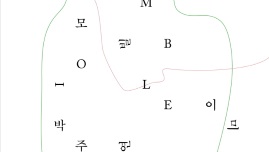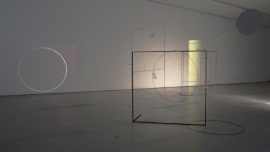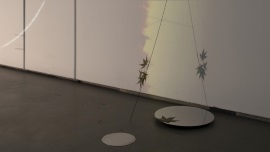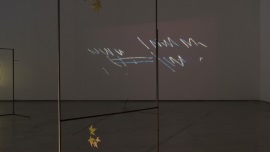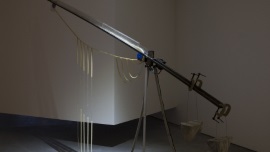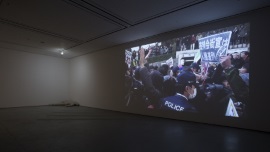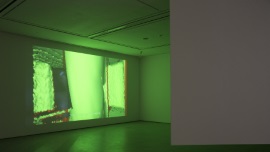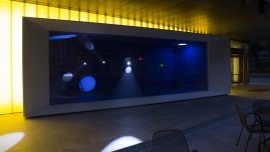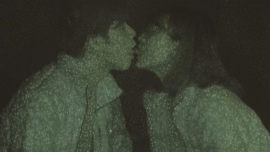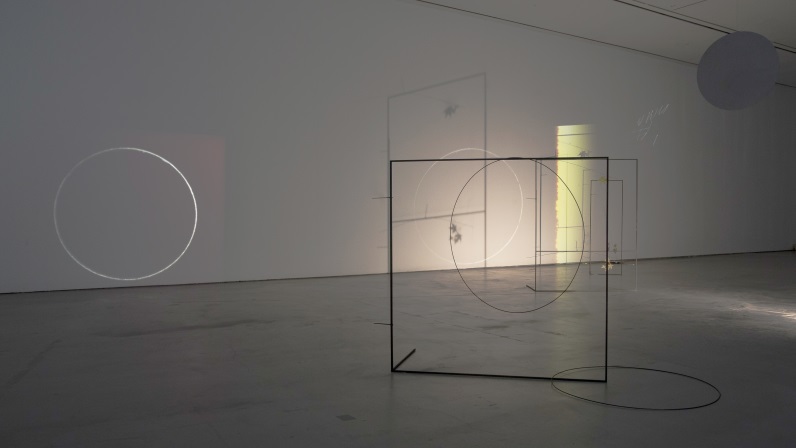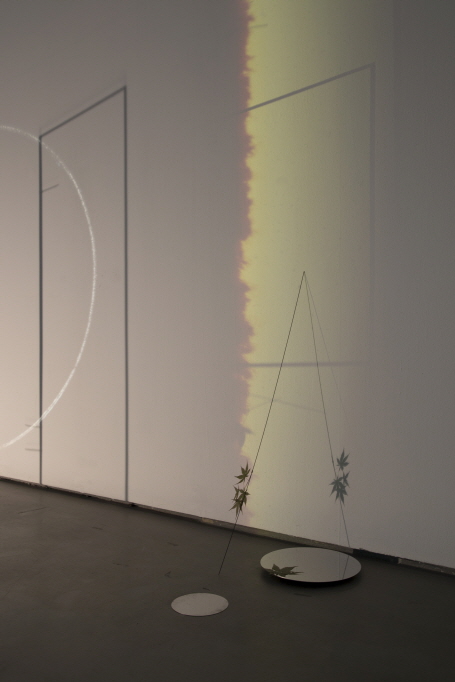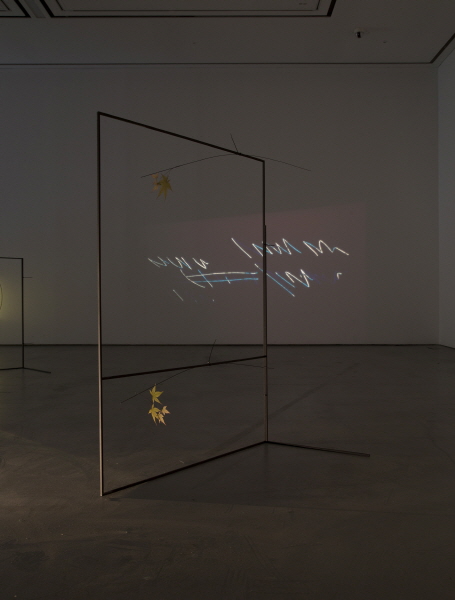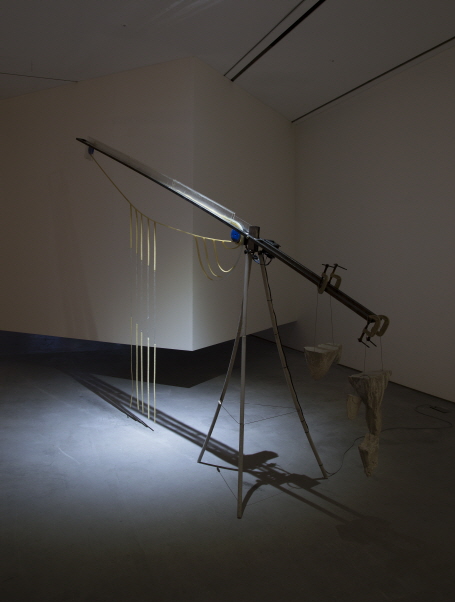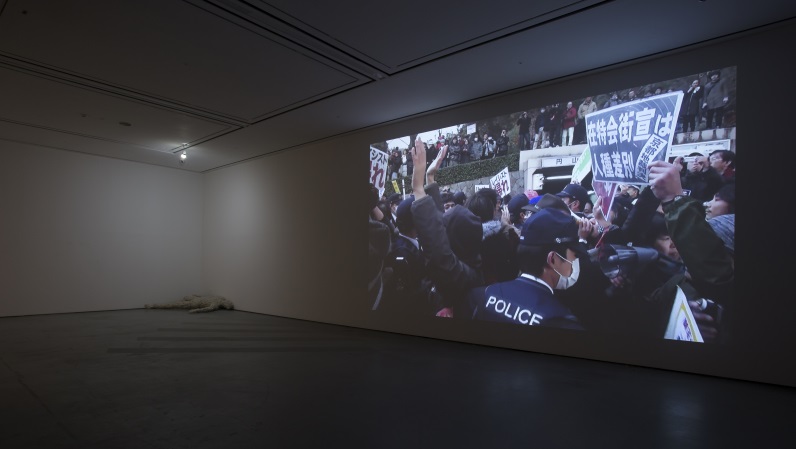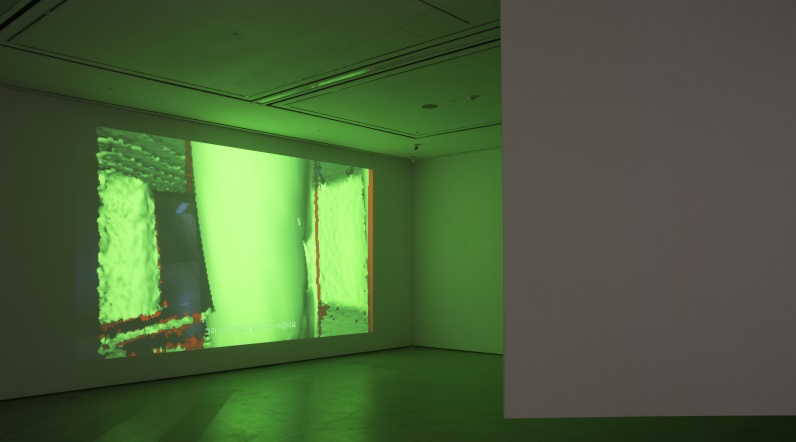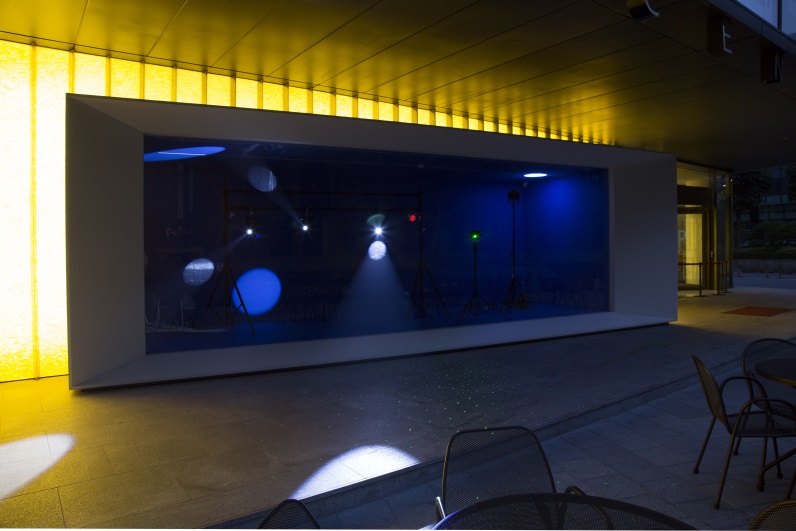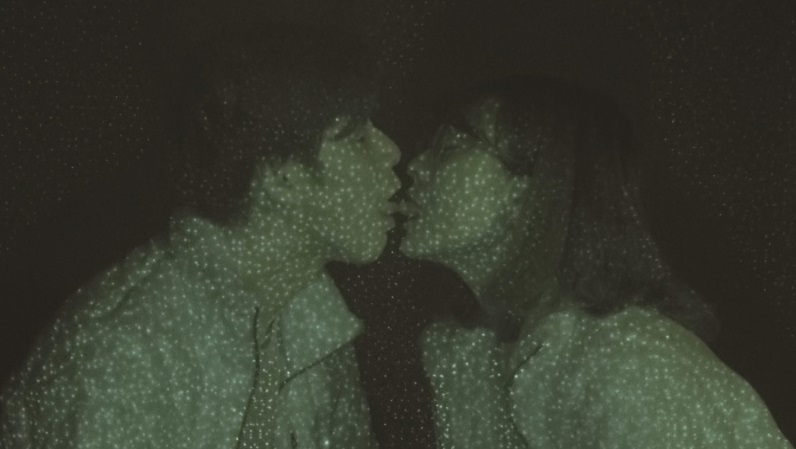- DAC Artists Joo Yeon Park Mire Lee Part-time Suite
DOOSAN Curator Workshop Exhibition: Mobile Exhibition Video Documentation
2017

Curator: Eunbi Jo(A Participant of DOOSAN Curator Workshop 2011)
Opening Reception: June 7th, Wednesday 6~8pm
Tuesday-Friday 10:30~20:00, Weekend and National holiday 10:30~19:00 / Closed on Monday
DOOSAN Gallery Seoul: 15, Jongno 33-gil, Jongno-gu, Seoul, Korea
Tel. 02-708-5050
DOOSAN Gallery presents Mobile, a DOOSAN Curator Workshop (DCW) exhibition, from June 7th to July 5th, 2017. Organized as a continuation of the ongoing support by DOOSAN Curator Workshop program, this exhibition was organized by an individual who was selected in an exhibition proposal competition by a pool of participating curators in DCW from 2011 to 2015. Eunbi Jo, the participant of the DCW in 2011, was selected as the curator of this exhibition. Inspired by her contemplations on the issues that root in Korean contemporary society today - such as unemployment, dwelling, gender and community - Jo's interest lies in the artistic expression of her explorations on the methods and conditions of new life. Jo has organized The Art of Not Landing (Cake Gallery, 2016), be(ing) Curator (SeMA NANJI RESIDENCY, 2016), Floating and Sinking (Gallery Factory, 2015), A House yet Unknown (Art Space Pool, 2013), and The Forces Behind (DCW collaboration, DOOSAN Gallery Seoul/New York, 2012). She has also co-translated the publication 『Self-Organized』 (mediabus, 2016).
DOOSAN Curator Workshop Exhibition: Mobile
Mobiles move, with external force such as wind, breath or tip of a finger. The individual unit, connected by string, shifts its own weight balance and finds the equilibrium of the whole. The slightest movement of a small piece at the end can send a large piece in distance into movement. Because of such inner constituting principle, the mobile never stagnates in one still form, and if it was to find its own balance, or halt, it would paradoxically lose its morphological trait. The mobile needs to engage in perpetual motion in order to be a mobile. The movement of the mobile which keeps its tight tension with empty space, transfiguring constantly, actually directs at the flow of an invisible world. Therefore, the flexibility destroys monotony and visualizes time.
In the exhibition, the 'mobile' is proposed as an allegory for community. The mobile arrives at its unique aesthetic form, not only through the visual connection of individual pieces but through atypical motion. The perfect order here conjures up the major social spectacles we've witnessed, or have been captured by media, from last winter until this spring. While remaining in motion, the spectacles never directed at one specific place, in the same way the movement of a mobile cannot be unilinear, or the course of constellations do not converge at the same point. Therefore, if this movement was a divergence due to rupture rather than convergence through understanding, could this spectacle still be called a community?
Inspired by such question, Mobile encounters the empty space. In an exhibition, the artist, curator and audience intermittently recognizes the sense of unity and alienation among them in the confined space of a gallery. Due to such individuation, they must inevitably reflect each other, establish relationship and distance in between each other, and translate each other's language. Thus, if the exhibition was in a perpetual process of never-ending transfigurations, what moment of 'unity' could it create through such aesthetic form of movement? Mobile sheds light on the budding image of a new unity, suspended in the gallery.
The participating artists each presented new works that approach the subject of the exhibition from their own distinctive perspective. Joo Yeon Park’s work transforms the linguistic structure and experiments with the new potential of the image. In this exhibition, Park attempts at a type of ‘sculptural writing’ while lingering in the context of her previous works. Park’s new installation Suffix, Silenced (2017) focuses on the mechanisms involved in the process of a ‘suffix’, which is unable to function on its own, become a word. The suffix is always combined with the root of another word, and functions with many meanings. Such variable and incomplete word (suffix) presents itself to the artist as a potential to create a new word, or to “become” a word/sound. In the work, the thin iron wires and lights connected by cable ties, the steel mirrors that reflect the light from the slide projector and the resulting shadows of various dimensions shatter and recombine in one space, giving form to plane and solid figures. According to the artist, such attempts are about “imagining the landscape of language where light and breath infiltrate the body with the sounding of text”.
Inspired by the form of Jimmy Jib, Mire Lee’s Support, Lubricate, Rotate, Climb (2017) is a kinetic installation which structuralizes the rotating belt over the machine and the object which hangs under it and “moves forward”. However, the object which moves under the belt actually never even makes a single movement forward; rather, it repeats its infinite regression. Here, the feel of “fakeness” of the vertex that directs the void with the weight of the concrete on the other side alludes to what the artist refers to as a form of ‘quasi-activity’. This idea is also related to Lee’s new work Lying Man (2017) which lies flat on the floor of the exhibition space. No matter how precisely the angles of all the joints in the body are adjusted, the body inevitably repeats the exact same motion, and fixed state is an impossibility. Thus the ‘lying man’ shifts his position slightly every day during the period of the exhibition. The physical composition and the opposition of motion of the two works as a result demonstrates the artist’s work intention and reference to action.
In Part-time Suite’s performance video work TOLOVERUIN (2017), two lovers portray each other in the same way the “anti-Korea” groups and their opposition side in Japan capture each other. The lovers and the hate/anti-hate demonstrators intersect each other in the work. The first half in which the lovers record each other and reflect each other’s space shows an interesting camera angle which captures only the ‘gaze’ on each other. And this speculative gaze intensifies the feelings of harmony and conflict in the second half, where “words clash into words and tongues intertwine with tongues” in the fight/conflict with each other. Focusing on how the anti-Korean groups use media technology to infiltrate into the emotional layer of the public, the artist metaphorically shows how technology in everyday life is applied to reality through the use of infrared rays in the window gallery and laser lights in the installation work. The individual lights illuminate both inside and outside of the window, and in the moment of stillness when the lights capture the gaze of the viewer, the lights visually manifest themselves again by adjusting their direction and distance from each other.


